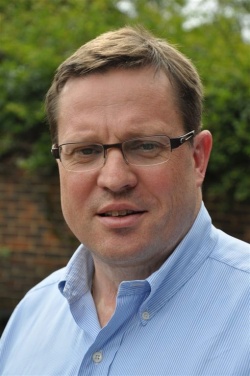Improving the radiologist’s standing among peers from other disciplines
15:30–16:45
Session 2
Concerns: What can be done about the lack of young radiologists in Europe?
Dr. Michael Friebe, Medical physicist and Managing Director, Alliance Medical , Northern and Central Europe; Recklinghausen/DE
The first question we should ask is whether we only lack radiologists or whether we lack medical doctors in general. If the answer is that we do not have enough specialists covering diagnostic imaging and image interpretation specialties then the question needs to be further analysed on why we cannot attract more people to take that exciting and rewarding route after completing their primary medical education.

This was sold to United Medical Systems AG (UMS) in 2001. Two years later he left his COO role there to found Tomovation GmbH, which owns and operates imaging centres in Germany and a fleet of mobile imaging systems (MRI, CT, PET). He also invested in early stage European medical technology firms and runs a small sales operation for niche-market products.
When UK firm Alliance Medical Ltd acquired Tomovation in 2008, he became Managing Director of Alliance Medical Northern and Central Europe.
Dr. Friebe holds over 25 diagnostic imaging-related patents, has contributed to 60 scientific papers, and is an adjunct professor for medical imaging entrepreneurship at the TU Munich, Germany.
Maybe the reason is because it is not that rewarding after all? I do not necessarily mean rewarding only in the financial sense but also in providing stimulating and attractive career options.
Could the reason have something to do with the standing of the radiologist among peers from other disciplines?
Continuous advances in imaging technology require an ever more specialised education to provide high quality interpretation without -- or only little actual patient contact -- and a required dedication to a small subsection within the whole field of radiology options.
Diagnostic imaging will be increasingly linked to the direct provision of therapies and possibly be more organ/disease specific, which could positively influence the attractiveness of the profession if coordinated well with the therapy specialists.
11.02.2011





